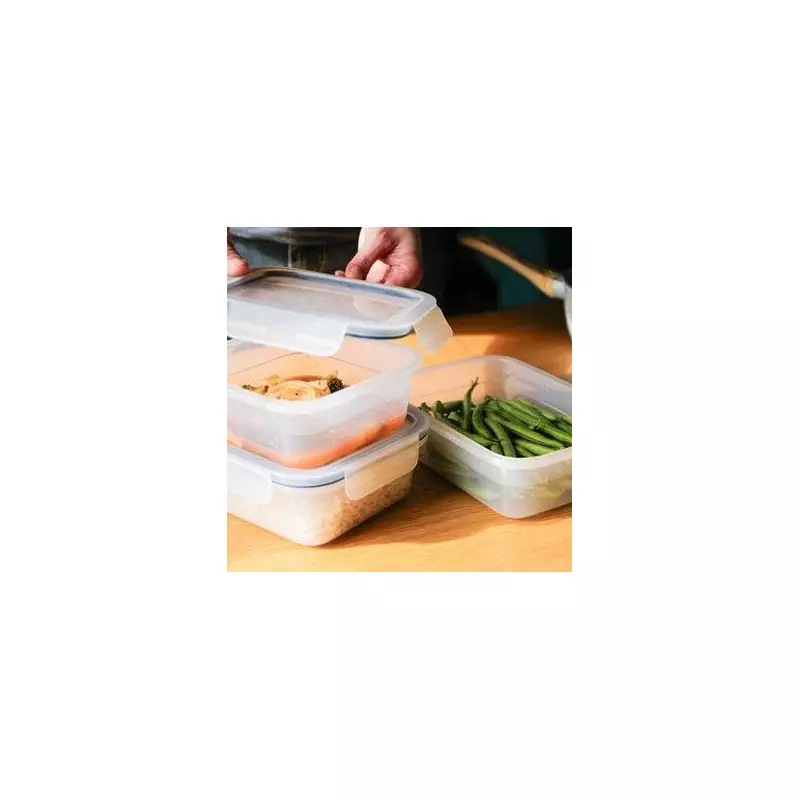
Indulging in a weekend of takeaways or home-cooked feasts often means one thing: a fridge full of leftovers. However, a stark new warning from food safety experts reveals that these saved meals could pose a serious health hazard if stored incorrectly.
The Three Critical Leftover Mistakes You're Making
The Food Standards Agency (FSA) has highlighted three simple but dangerous blunders that homeowners frequently make. These errors create the perfect environment for harmful bacteria to multiply unnoticed, significantly increasing the risk of food poisoning.
An FSA spokesperson strongly advised: "Keep chilled food out of the fridge for the shortest time possible during preparation (a maximum of four hours)." They also cautioned against leaving the refrigerator door open for extended periods, as this forces the appliance to work harder to maintain a safe temperature.
Perhaps the most common mistake is placing hot or warm food directly into the fridge. The correct procedure is to allow cooked food to cool at room temperature first, but it must be refrigerated within a crucial timeframe.
The Race Against Time: The Two-Hour Danger Zone
While the FSA recommends getting food into the fridge within one to two hours, food expert Ghaida Batarseh Havern, writing for Martha Stewart, emphasises an even stricter window. She states that perishable foods can only remain in the "danger zone" – the temperature range where bacteria thrive – for a maximum of two hours.
Havern explained: "At two hours, the food must be consumed, stored correctly, or thrown away." This rule applies universally to all cooked leftovers, chopped fruits and vegetables, meat, poultry, fish, eggs, and dairy products.
To speed up the cooling process safely, the FSA recommends dividing large portions of food into smaller amounts. Placing these smaller portions in shallow containers or freezer bags before chilling or freezing helps them cool much more rapidly.
How to Safely Enjoy Your Leftovers
When handled correctly, leftovers are perfectly safe to eat, even cold. The key is that the food was properly cooked, cooled down efficiently, and refrigerated within that critical two-hour window. Chilling food dramatically slows bacterial growth, keeping it safe for consumption.
However, you should aim to eat these refrigerated leftovers within 48 hours. If you cannot consume them within this timeframe, freezing them is the safest option.
For gatherings where leaving food out is more practical, food science expert Catie Beauchamp from ButcherBox offers guidance. She suggests keeping hot dishes above 60°C, which is outside the danger zone, using equipment like slow cookers. If such equipment isn't available, she advises refrigerating the bulk of the cooked food and setting out only small portions at a time to minimise risk.





